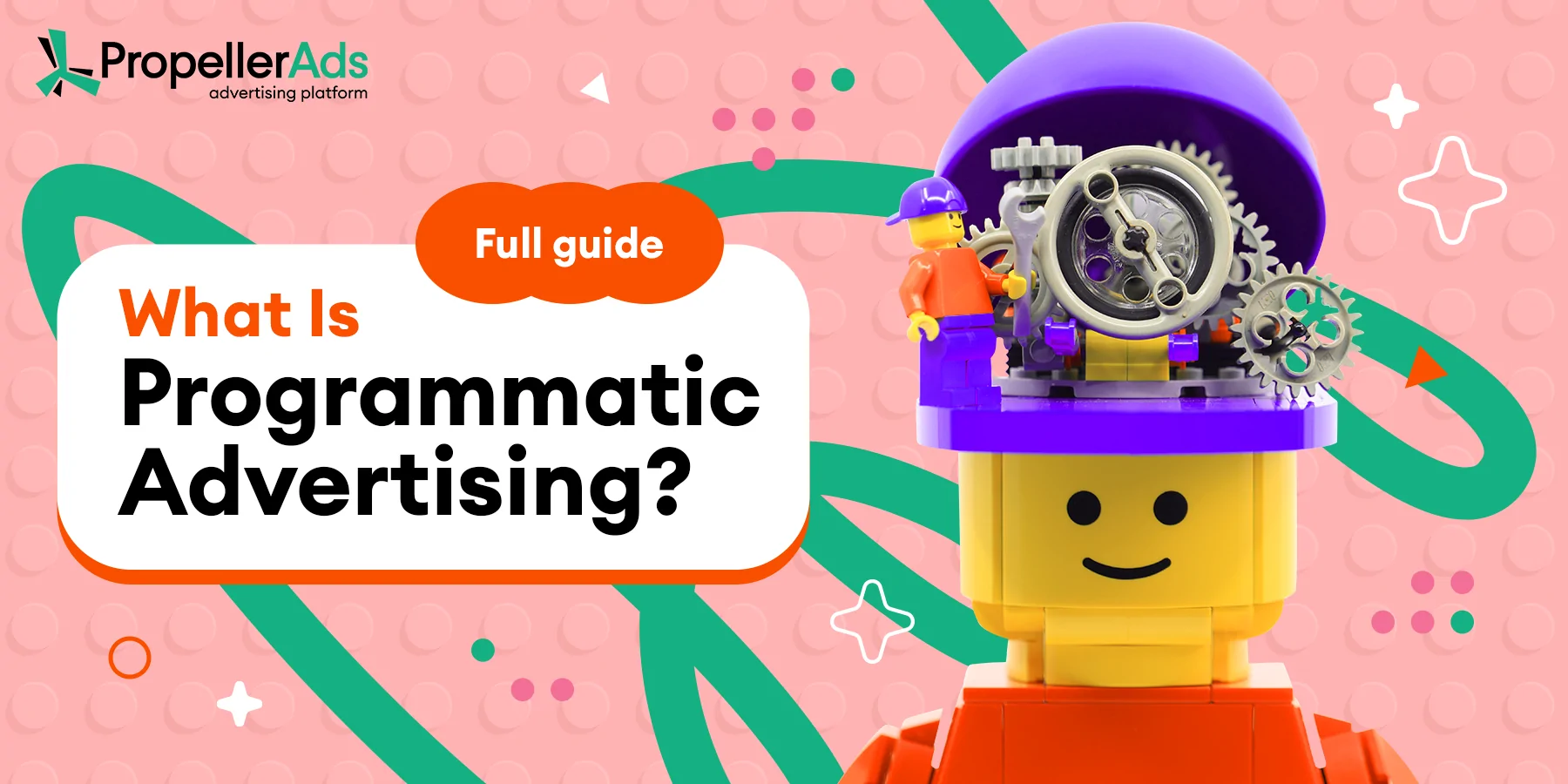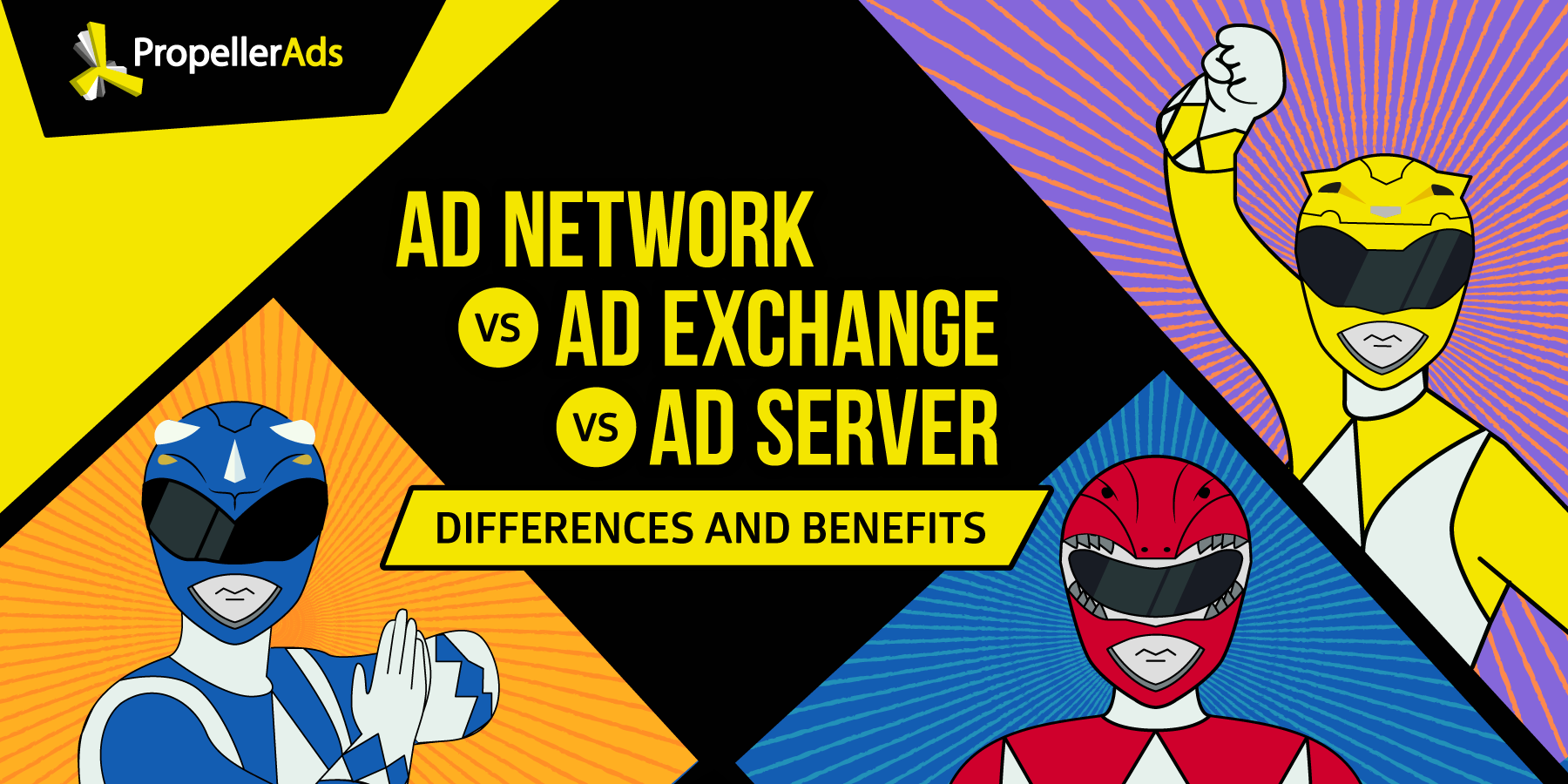What Is a Self-Service Platform in Affiliate Marketing?

This post is also available in:
PT
ES
Advertisers and publishers cannot be divided – they are parts of the advertising ecosystem. So if you are an affiliate marketer, who always wanted to know how publishers operate on their side, we have prepared an informational guide, explaining what a self-service platform (SSP) is.
These handy platforms empower publishers like you to take control of their ad inventory, streamline ad-selling process, and cooperate with advertisers to boost revenue. But what exactly is an SSP, and how does it work? Let’s break down everything you need to know.
What is SSP?
In affiliate marketing, a self-service ad platform (SSP) is a tool that allows publishers to take control of their ad inventory and maximize their revenue. Think of it as a digital marketplace where publishers can showcase their available ad space to a wide range of advertisers.
Instead of relying on manual negotiations and individual deals, SSPs automate and streamline the entire ad-selling process, making it easier and more efficient for publishers to connect with potential buyers.
At its core, an SSP acts as a bridge between publishers and advertisers. Publishers can use the platform to set their own pricing, choose which ad formats they want to display, and even block certain types of ads that don’t align with their brand or audience.
On the other side, advertisers can use the SSP to browse available ad inventory, target specific audiences, and bid on ad placements in real time.
Key features of an SSP typically include:
- Ad inventory management: Publishers can easily manage their available ad space, setting floor prices, creating ad units, and tracking inventory performance.
- Ad formats: SSPs support a variety of ad formats, allowing publishers to choose the ones that best suit their content and audience.
- Targeting options: Publishers can target ads based on various criteria, such as demographics, interests, behavior, and location.
- Real-time bidding (RTB): SSPs often integrate with ad exchanges, enabling real-time bidding for ad placements. This creates a competitive marketplace that can drive up ad prices and increase publisher revenue.
- Reporting and analytics: SSPs provide detailed reports on ad performance, including impressions, clicks, and revenue. This data allows publishers to track their progress and make informed decisions about their ad strategy.
How Does an SSP Work?
While the inner workings of a self-service platform might seem complex, the process is actually quite straightforward. Don’t believe us? Let’s go through it:
- Publisher onboarding: It all starts with you, the publisher, signing up for an SSP account and connecting your website or app to the platform.
- Ad inventory setup: Think of this as organizing your digital storefront. You create ad units (spaces where ads will appear), choosing sizes, formats, and placements. You can even set a minimum price, ensuring you only get bids you’re happy with.
- Connection with ad exchanges: Your SSP links your ad inventory to multiple ad exchanges, which is where advertisers come to bid on available ad space.
- Real-time bidding: When a visitor lands on your page, the SSP calls on its network of ad exchanges, sparking a real-time bidding frenzy. Advertisers compete for your ad space, with the highest bidder winning the spot.
- Ad serving and tracking: The winning ad is promptly displayed to the visitor, and the SSP tracks its performance – impressions, clicks, you name it!
- Reporting and optimization: Your SSP delivers detailed reports right to your dashboard. You’ll see what’s working, what’s not, and where you can tweak things to earn even more.
- Payment: The SSP collects payments from advertisers and sends your earnings your way, usually on a monthly basis. It’s like having your own accounting department!
In a nutshell, SSPs automate the entire ad-selling process, saving you valuable time and effort. You get to focus on creating awesome content while the SSP works its magic behind the scenes.
Benefits of Using an SSP for Publishers
SSP advertising offers a range of powerful benefits that can transform the way you manage and monetize your ad inventory:
- Increased control and flexibility: SSPs give you complete control over your ad space. You can choose which ad formats to display, set your own pricing, and block unwanted ads.
- Wider reach and increased competition: By connecting you to multiple ad exchanges and demand sources, SSPs expose your inventory to a broader pool of advertisers. This increased competition can lead to higher bids and, ultimately, more revenue.
- Streamlined efficiency and automation: Say goodbye to tedious manual processes and time-consuming negotiations. SSPs automate ad serving, tracking, reporting, and even payments.
- Transparency and data-driven insights: With detailed performance reports and analytics, SSPs provide valuable insights into your ad revenue and audience behavior. This data empowers you to make informed decisions, optimize your ad strategy, and continuously improve your results.
- Revenue optimization tools: Many SSPs offer advanced features like yield optimization, header bidding, and programmatic direct deals.
Who Needs an SSP? Is It Right for You?
So, who exactly can benefit from using a self-service platform? While SSPs are versatile tools, they’re particularly well-suited for certain types of publishers:
- Publishers with significant ad inventory: If you have a website or app with a large volume of traffic and ad impressions, an SSP can help you manage and monetize that inventory more efficiently. And seeing as how 94% of publications utilize numerous affiliate marketing programs, you can bet this one would be on the list.
- Publishers looking for more control: If you want more control over the types of ads displayed on your site, the ability to set your own prices, and the flexibility to block certain advertisers or categories, an SSP is a great option.
- Publishers looking to maximize revenue: If your goal is to increase your ad revenue, an SSP can help you achieve that by connecting you to a wider range of demand sources and optimizing your ad placements for maximum yield.
- Publishers with limited resources: If you don’t have a large ad operations team or the expertise to manage complex ad campaigns, an SSP can automate many of those tasks, saving you time and resources.
However, it’s important to note that SSPs may not be the best fit for every publisher. If you have a small website with limited traffic or are just starting out with affiliate marketing, a simpler ad network might be a more suitable option.
Conclusion
Self-service platforms have revolutionized the way publishers manage and monetize their ad inventory. By offering increased control, wider reach, streamlined efficiency, valuable insights, and revenue optimization tools, SSPs empower publishers to take charge of how they sell their ads.
If you’re a publisher looking to maximize your ad revenue, streamline your operations, and gain more control over your ad space, exploring the world of SSPs is a smart move.
Want to know what results you can get with Leadgen offers? Join our Telegram chat and ask experienced affiliates!




